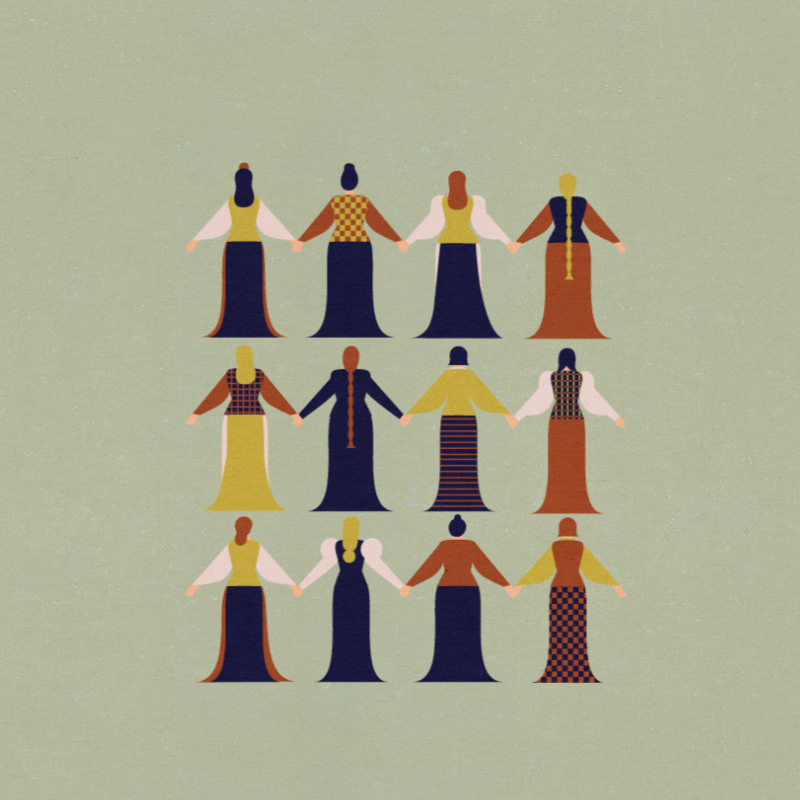Lithuanian Feminists of the Nineteenth Century
> BACK TO 100 STORIESListen to this text (Lithuanian):
It is often argued that feminist movements fighting for equal rights for women and men are a phenomenon of recent decades. People think that our great-grandmothers were only interested in children and the home, so they would not support current feminists. This attitude is wrong: women’s struggle for their rights in Lithuania began at the end of the nineteenth century – much earlier than in most parts of the world. Lithuania is one of the first European countries where women gained the right to vote, and at the beginning of the twentieth century, Lithuanian women not only organised women's conventions, but also organised rallies, protests and even ran for the presidency. Two candidates out of four in the Lithuanian presidential elections of 1926 were women: Felicija Povickaitė-Bortkevičienė and Gabrielė Petkevičaitė-Bitė. If one of them had won, we would have had the world’s first female president!
Women’s main aspiration at the end of the nineteenth and the beginning of the twentieth century was emancipation, in other words, equality. One of the most important features of equality is the right to vote and so to participate in the governance of the state. Today, it’s hard to imagine that once upon a time, both men and women had a number of arguments as to why women shouldn’t vote. One of the most popular was that women had a lot of responsibilities at home, so it wouldn’t be right to force them to take an interest in politics. In other words, the most important duty of women was supposed to be taking care of the house and children, and men should run the state. Another right directly related to voting is the right to education. It goes without saying – only an educated person can follow and understand political and social trends and be aware of what is happening abroad. In addition, women demanded the right to work and earn money – to become financially independent from their husbands or fathers.
The most famous fighters for women's rights were well-educated women – writers, educators, aristocrats. These are Gabrielė Petkevičaitė-Bitė, Ona Pleirytė-Puidienė, Marija Pečkauskaitė-Šatrijos Ragana, Felicija Povickaitė-Bortkevičienė, and Sofija Kymantaitė-Čiurlionienė. Petkevičaitė-Bitė was one of the first to be involved in the fight for women's rights: she worked as a teacher, founded the support society Žiburėlis [Eng. Twinkle], and wrote and published articles in the press. It’s not hard to imagine that Petkevičaitė-Bitė and other fighters for women's rights were often mocked in public.
But they didn’t give up: they founded societies and organised informal conventions. The activities increased after the founding of The Lithuanian Women's Association in 1905. This organisation took care of the protection of women's rights. The First Lithuanian Women's Congress was held on 23–24 September 1907. Such dedicated women’s activism meant that they gradually acquired more and more rights and after the war, in 1918, they were already participating in political life and working in ministries. The Law of the Constituent Assembly of Lithuania passed by the Lithuanian Council on 20 November 1919 finally granted the women the right to vote – this is how political equality between the sexes in Lithuania was achieved. This Constituent Assembly is also special, because the first session was chaired by Petkevičaitė-Bitė who became the first parliamentary chairwoman in Europe.

